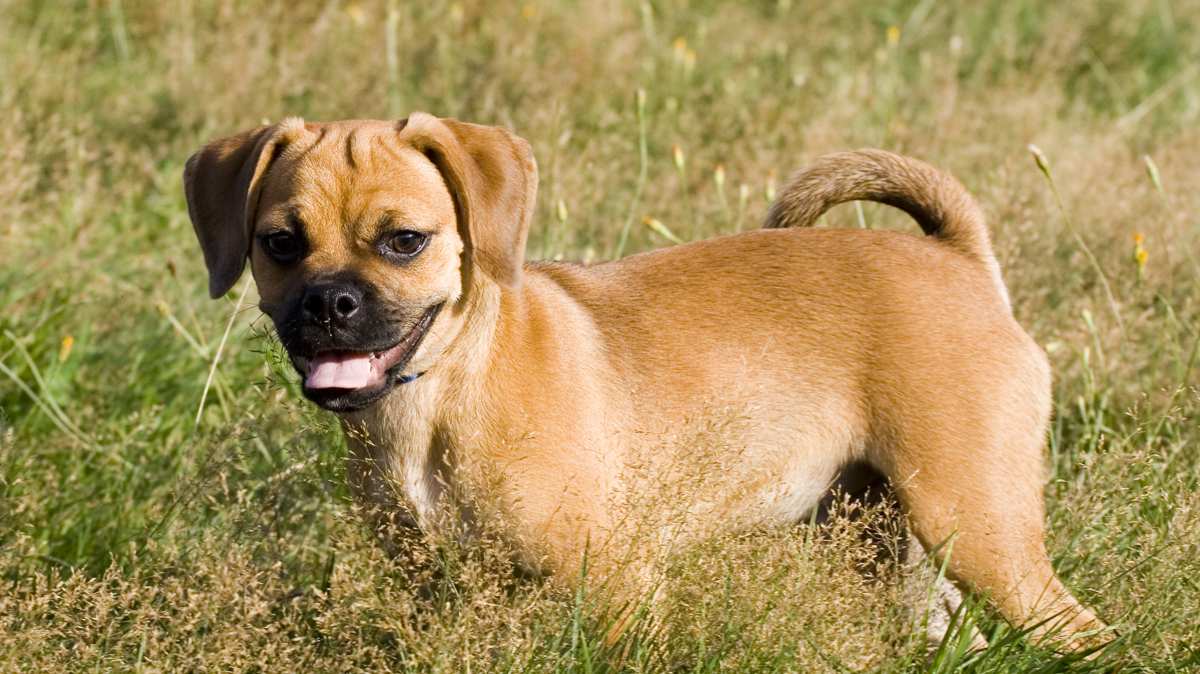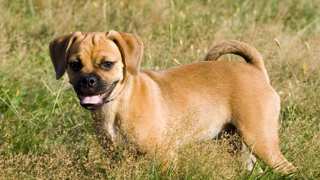Puggle Breed Details
The Puggle is one of the most common and popular designer mixed breeds. This Pug and Beagle mix results in Puggle Puppies that possess characteristics of both parent breeds. Half Pug- Half Beagle doesn't necessarily mean an even split of characteristics so it is beneficial for potential owners to read up on both parent breeds before making a decision.
Puggle Pros
- They are loving, playful and adore attention.
- They are suitable for indoor living.
- They are friendly towards other pets and visitors.
- They are good alert dogs, often barking at approaching people.
- They make excellent playmates for children.
- They are easy to groom and most owners can easily meet their exercise requirements.
Puggle Cons
- They may become bored, loud and destructive if left alone for long periods of time or not given enough exercise.
- They are vocal dogs that bark on approach of a stranger or other animal.
- They do not make appropriate guard dogs due to their small size and friendliness.
- They shed moderately.
- They are not the ideal choice if you are an owner that wants your pet to accompany you on jogs, hikes and other intensive exercise.





